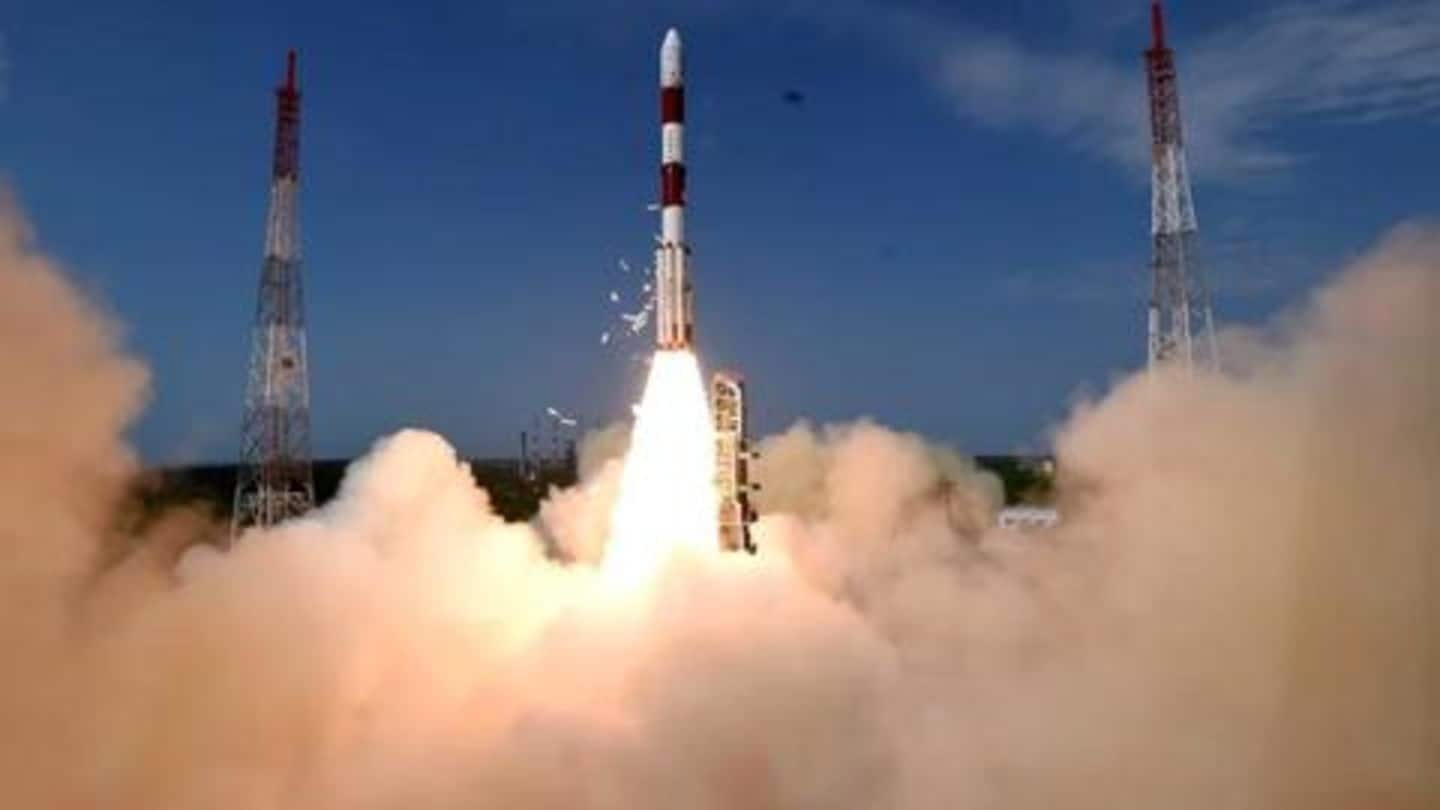
ISRO launches India's latest spy satellite, marking PSLV's 50th mission
What's the story
In a major development, the Indian Space Research Organization (ISRO) has launched India's latest spy satellite, RISAT-2BR1, aboard its PSLV-C48 workhorse. The launch, which also delivered nine foreign satellites into orbit, marked the 50th mission for the Polar Satellite Launch Vehicle that went into operation all the way back in 1993. Here's all you need to about it.
Launch
PSLV launch from Satish Dhawan Space Center
At 3:25 pm, PSLV-C48 blasted off from the launchpad 1 of Satish Dhawan Space Center in Sriharikota, Andhra Pradesh, and took all the ten satellites into orbit. The rocket then soared into the atmosphere and deployed RISAT-2BR1 into space after nearly 16 minutes of flight. After this, the remaining satellites were successfully placed in their designated orbit, wrapping up the launch in 21 minutes.
Twitter Post
You can watch the launch here
#WATCH ISRO launches RISAT-2BR1 and 9 customer satellites by PSLV-C48 from Satish Dhawan Space Centre (SDSC) SHAR, Sriharikota; RISAT-2BR1 is a radar imaging earth observation satellite weighing about 628 kg. pic.twitter.com/mPF2cN9Tom
— ANI (@ANI) December 11, 2019
Satellite details
What RISAT-2BR1 is designed to do?
ISRO says RISAT-2BR1 is a radar-imaging Earth observation satellite designed for application in fields like agriculture, forestry, and disaster management support. Some reports indicate that the 'spy satellite' may also be used for border surveillance. Notably, this is the second member in the quartet of RISAT-2B-series satellites and will be followed by two more launches in the coming months.
Other satellites
Co-passengers from different nations
The other nine foreign satellites that flew along with RISAT-2BR1 were given a seat as part of a commercial arrangement with NewSpace India Limited (NSIL). This included six satellites from the US alone and one apiece from Israel, Italy, and Japan. However, it's worth noting that the details and capabilities of these satellites remain unclear at this stage.
Milestone
Major milestone for PSLV and team ISRO
The launch came as the 50th mission for the PSLV workhorse and the 75th lift-off from Sriharikota, marking a major achievement for team ISRO. PSLV went into operation back in 1993 and was developed to reduce the dependency on Russia for launching satellites into the Geostationary Transfer Orbit and sun-synchronous orbits. It had even launched India's historic Chandrayaan-1 and Mars Orbiter Mission.